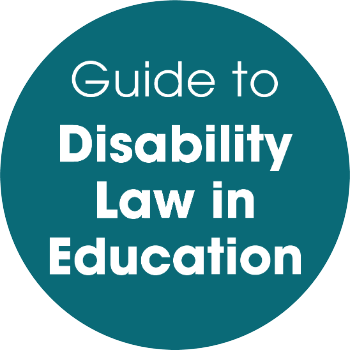01.02 Is there a “test” to prove that my child has a disability?
A: SenseCheck

- 1 Yes
- 0 No
- 0 Other
- 10 Nov 2022
-
Yes
|
Complex
Yes. All elements of s6 (EqA2010) need to be satisfied if a child or young person can be said to have a “statutory” disability. The EqA2010 Guidance assists with this.
In summary each of the elements have the following meaning:
- Physical or mental impairment – The definition requires that the effects which a person may experience must arise from a physical impairment such as muscular dystrophy or mental impairment such as dyslexia. The term mental or physical impairment should be given its ordinary meaning. It is not necessary for the cause of the impairment to be established, nor does the impairment have to be the result of an illness. Some impairments such as stealing, and arson cannot be considered as impairments in this context this was clarified in the Disability Regs 2010.
- Adverse – this is given an ordinary meaning such as unfavourable.
- Normal day to day activities – this means what children and young people do regularly which of course includes being educated and taking exams.
- Substantial – means more than minor or trivial. S212, EqA2010
- Long term - (means to have lasted for 12 months already or likely to last for 12 more months). (Sch.1 para 2, EqA2010).
It is important to stress that when determining whether a child or young person satisfies the definition of disability in s6(1) EqA2010 it is essential that relevant evidence is obtained. This evidence would perhaps compare the difficulty a potentially disabled child or young person has carrying out a day-to-day activities such as transcribing verbal information into a written form or the ability to organise tasks as compared to someone who does not share their impairments. When determining whether an impairment such as diabetes is to be treated as having an adverse effect, Sch.1 para,5 EqA2010 states that, other than when spectacles or contact lenses are used, measures to treat or correct the impairment are to be ignored.
A child or young person who has a statutory disability may have SEN but this is certainly not always the case. For example, a child who has cancer or a cardiac condition, may have a statutory disability but not have SEN, but it should be remembered that each case must be considered on its facts.
Glossary: EqA2010, EqA2010 Guidance.

|
Comment